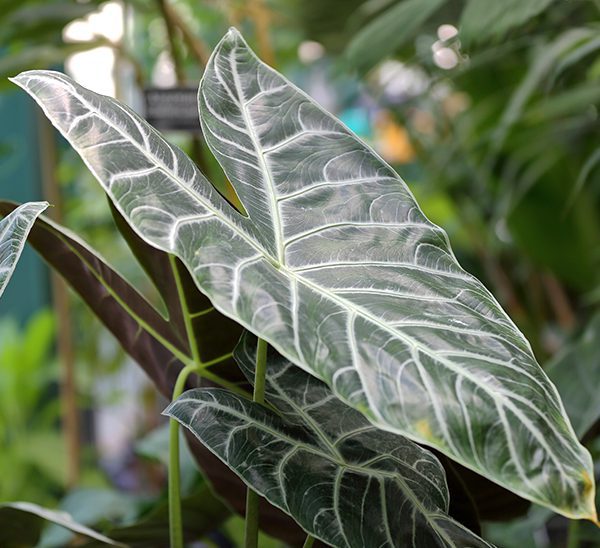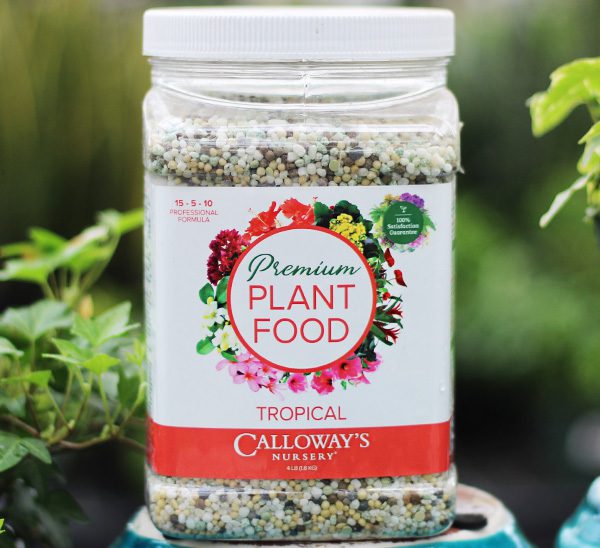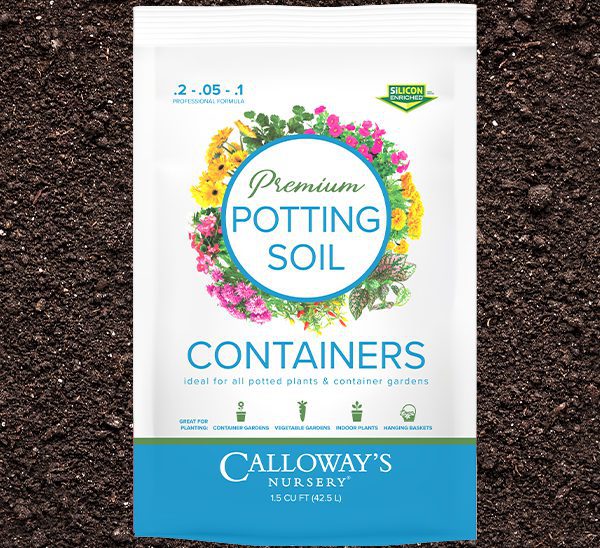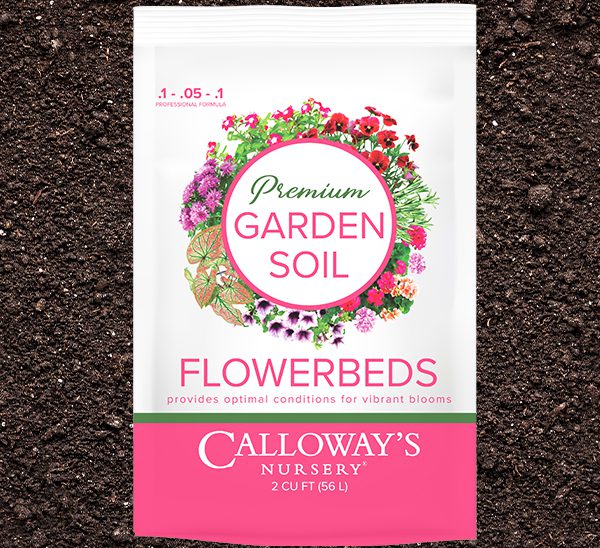Alocasia
Please contact your local store for product availability.
Find a garden center near you.
How to Care for Alocasia
Sunlight: Alocasia thrives in bright, indirect light. Direct sunlight can scorch its leaves, so it is best placed near a window with filtered light or in partial shade. Avoid deep shade, as it can stunt growth.
Soil: Plant Alocasia in well-draining, nutrient-rich soil with good aeration. A mix of potting soil, perlite, and peat moss works well. The ideal pH is slightly acidic to neutral, ranging from 5.5-6.5.
Water: Alocasia prefers consistently moist soil but does not tolerate waterlogging. Water regularly, allowing the top inch of soil to dry out between waterings. Reduce watering during the plant’s dormancy in cooler months.
Fertilizer: Feed Alocasia every 4-6 weeks during the growing season with a balanced, water-soluble fertilizer diluted to half strength. Avoid over-fertilizing, which can cause leaf burn.
Pruning: Pruning is minimal for Alocasia. Remove yellowing or damaged leaves to maintain the plant’s appearance and overall health. Cut back dead foliage at the base with clean, sharp scissors.
Pests and Diseases: Alocasia is susceptible to spider mites, mealybugs, and aphids. Check regularly for pests, especially on the undersides of leaves. Overwatering can lead to root rot or fungal issues, so ensure proper drainage.
Winter Hardiness: Alocasia is sensitive to cold and thrives in USDA zones 9-11. In colder climates, it is best grown indoors or as a container plant that can be brought inside when temperatures drop below 50°F (10°C). Maintain a warm, humid environment for optimal growth.
Plant Height: 48-72 in.
Spread: 36-72 in.
Evergreen: No
Plant Form: Upright
Minimum Sunlight: Shade
Maximum Sunlight: Shade



